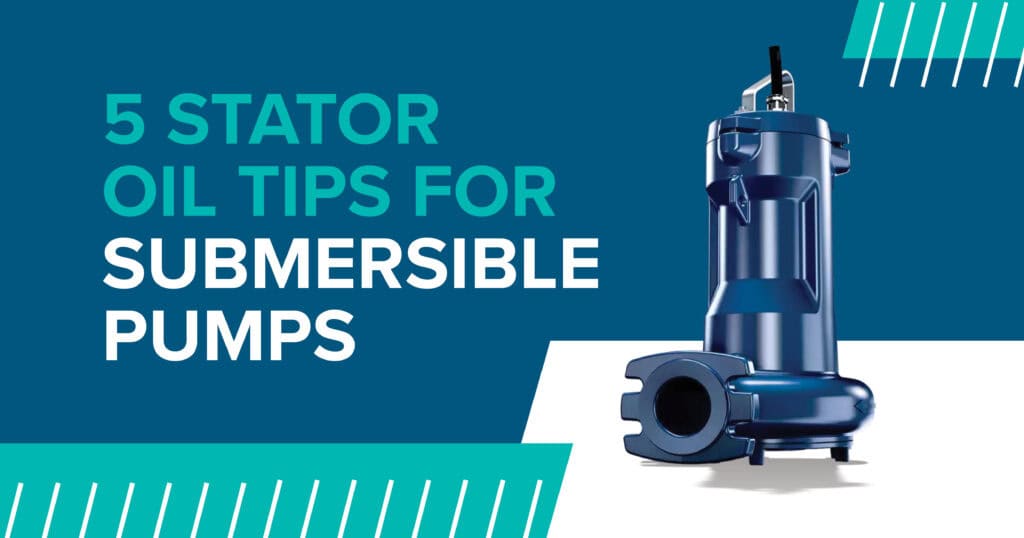Stator oil plays a critical role in the performance and reliability of submersible pumps. While often overlooked, this essential fluid helps dissipate heat from the motor. It also insulates electrical components and protects the stator windings from moisture and contaminants. Whether you operate submersible pumps in mining, wastewater or industrial applications, proper attention to stator oil maintenance can extend the life of your equipment and help you avoid costly downtime.
Why Stator Oil Matters
The stator is the stationary part of the pump motor that contains the windings. Because submersible pumps operate completely underwater, the motor chamber is sealed and filled with stator oil to create a stable operating environment. This oil performs three key functions:
- Heat Dissipation: Stator oil draws heat away from the windings and transfers it to the outer casing, where it can dissipate more effectively.
- Electrical Insulation: The oil surrounds electrical components and helps prevent shorts caused by moisture intrusion.
- Corrosion Protection: High-quality stator oil can contain rust inhibitors to protect internal metal parts from corrosion, especially in aggressive environments.
Best Tips for Managing Stator Oil
- Choose the Right Oil
Not all oils are created equal. Always follow the pump manufacturer’s specifications when selecting stator oil. Most submersible pumps require a high-dielectric, low-viscosity oil designed for electrical insulation and thermal conductivity. Some oils are food-grade or biodegradable for applications with environmental or regulatory considerations. - Monitor Oil Levels Regularly:
Routine inspections should include checking the stator oil level. A low oil level may indicate a leak in the motor seal or vent. Running a motor with insufficient oil can lead to overheating and premature failure. - Check for Contamination:
If the stator oil appears cloudy, milky or discolored, it could be contaminated with water or particulates. Moisture infiltration is a major risk for submersible motors. In such cases, drain and replace the oil immediately and inspect for seal failures. - Follow Proper Refill Procedures:
When changing stator oil, ensure the motor is clean and dry. Use only fresh oil from a sealed container and avoid overfilling. After refilling, allow time for air bubbles to escape before resealing the motor to prevent pressure issues. - Document Maintenance Activities:
Keep records of stator oil inspections, changes and any observed abnormalities. This helps with predictive maintenance and gives your maintenance team a clearer picture of pump performance trends.
DXP Pacific: Your Pump Management Partner
At DXP Pacific, we help our customers optimize submersible pump performance through preventive maintenance and expert service. Whether you need assistance selecting the right stator oil, diagnosing motor issues or upgrading to a more efficient pump system, our experienced team is ready to help. We provide support for a wide range of pump brands and configurations across the industrial and municipal sectors.
Need help with your submersible pumps? Contact DXP Pacific today to speak with a pump specialist who can help you select the right fluids, parts, and service strategies to keep your systems running strong.

